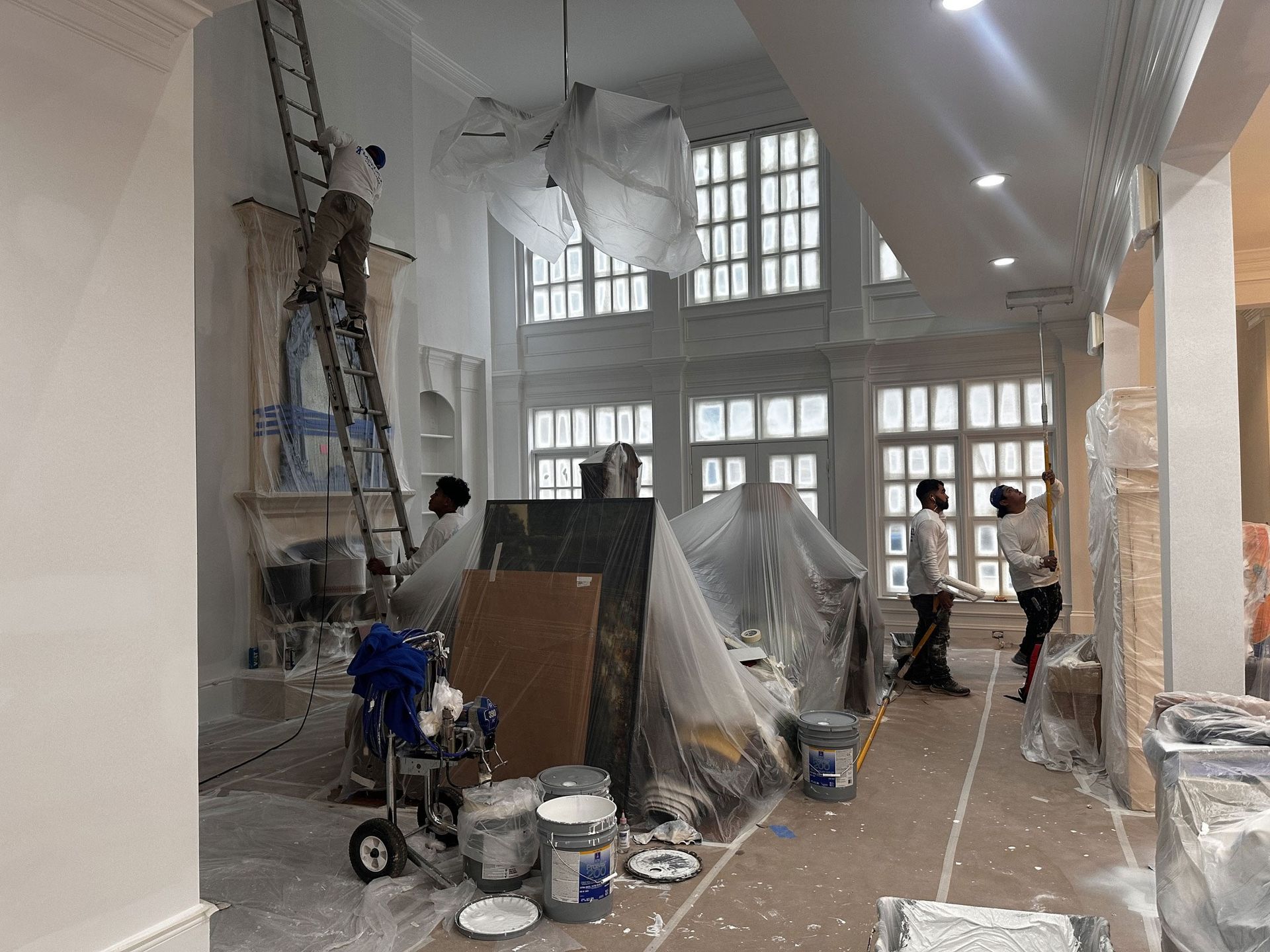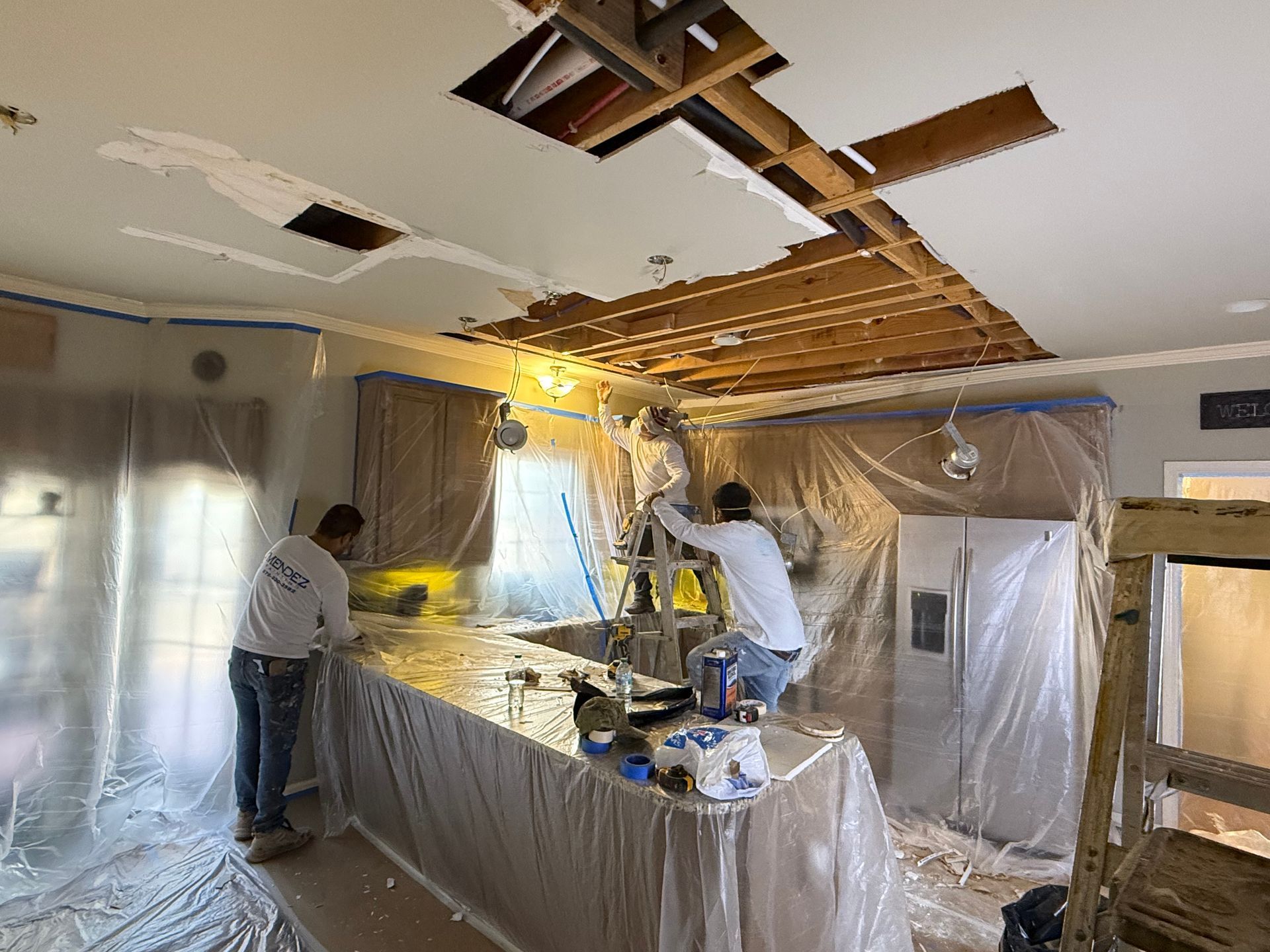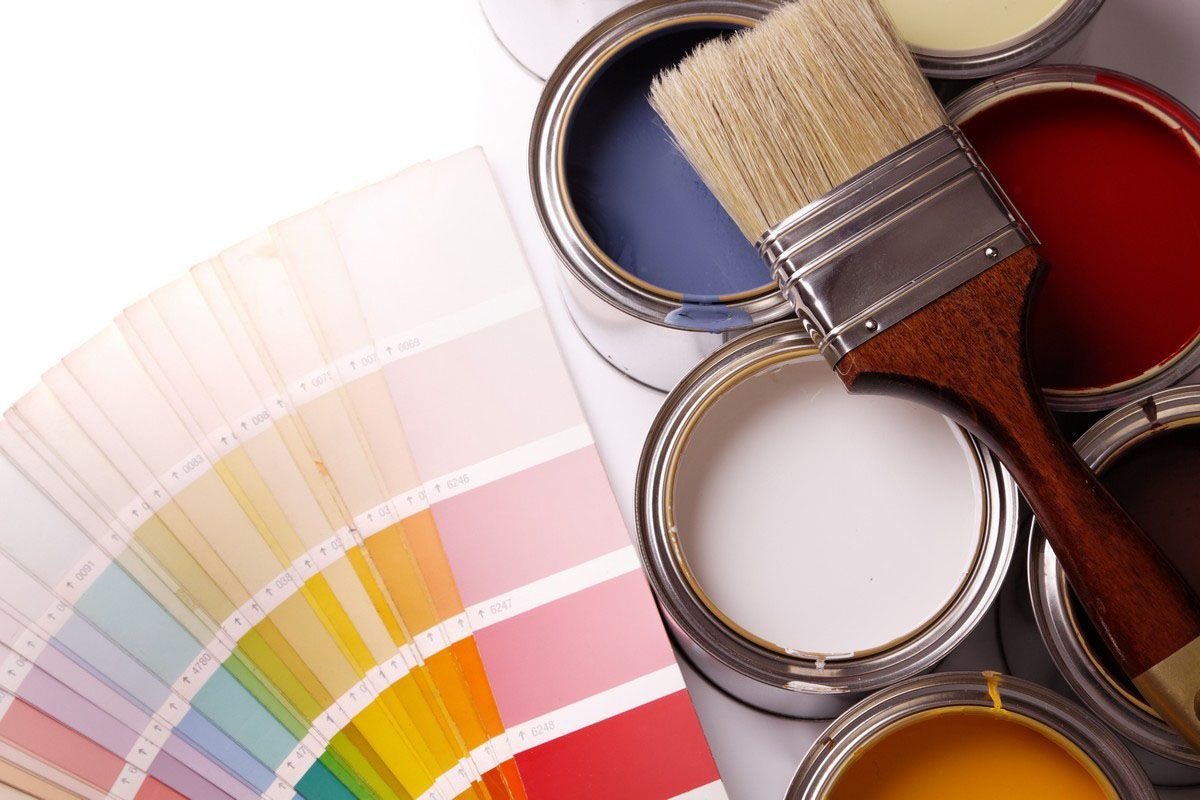How to Paint a Room: Step-by-Step Guide
How to Paint a Room?

Painting a room is one of the fastest and most affordable ways to transform a space—but only when it’s done right. Whether you're refreshing a bedroom, updating a kitchen, or brightening a home office, following a proven process makes all the difference between a clean, professional result and a time-consuming headache.
At Mendez Painting, we've painted hundreds of homes throughout the North Metro Area, and we know what it takes to get flawless results. If you're tackling this project yourself, here's our expert-backed step-by-step guide—along with insight into common pitfalls that often lead homeowners to call in the pros.
Step 1: Prepare the Room
Before you open a paint can, get the space ready:
- Move furniture out of the room or to the center—carefully.
- Cover floors and furniture with drop cloths or plastic sheeting.
- Remove outlet covers, switch plates, curtain rods, and wall hardware.
- Use painter’s tape to mask off windows, trim, baseboards, and ceilings—if you're confident in your taping.
Heads up: Even something like a bed may require multiple people to move safely. Dragging furniture can damage floors, and moving large pieces the wrong way can crack or weaken bed frames. If in doubt, ask for help—or leave it to a crew like ours that comes prepared.
DIY Tip: Tape helps only if applied with precision. A steady hand and high-quality brush often outperform rushed tape lines.
Step 2: Repair Walls and Ceiling
A smoother surface = a smoother finish.
- Fill nail holes, cracks, and dents in both walls and ceiling.
- Sand all patched areas smooth once dry.
- Prime repaired areas—or the full surface—especially if you're covering dark or bold colors.
Pro Insight: Nothing is perfectly smooth, but imperfections show through
paint fast. The better the prep, the better the result.
Step 3: Paint the Ceiling (If Needed)
Once everything is repaired and prepped:
- Use flat ceiling paint to reduce glare and hide flaws.
- Cut in edges with a brush, then roll in sections using a long-handled roller.
- Keep a wet edge to prevent roller marks or lines.
Real Talk: Ceilings are tough—messy drips, neck strain, and splatter are
common. This step alone makes some homeowners rethink DIY.
Step 4: Cut In the Edges
This is where things get real.
- Use a quality angled brush to “cut in” along ceilings, corners, trim, and baseboards.
- Work in sections and maintain a wet edge to avoid lap marks and streaks.
Why it matters: Uneven brush pressure and poor technique can leave visible
marks—especially where they’re hardest to fix.
Step 5: Roll on the Walls
Now it’s time to cover the walls.
- Use a roller for large areas. Start in a zigzag (“M” or “W”) motion, then fill in for even coverage.
- Apply two coats, letting the first coat dry fully before adding the next.
Homeowner Tip: Drips happen easily—and if they’re not caught and smoothed immediately, they’ll dry into the wall permanently. Even sanding might not fix it. Thin, controlled coats take longer, but give a cleaner finish and fewer regrets.
Step 6: Paint the Trim (Optional)
Once walls are fully dry:
- Use a small angled brush for baseboards, doors, window trim, and crown molding.
- Semi-gloss or satin finishes work best for durability and cleaning.
- Tape off the wall carefully, or freehand with precision.
Trim shows everything. Tape bleed, shaky hands, or the wrong brush can undo a solid paint job.
Step 7: Remove Tape (If Used) and Touch Up
- Peel painter’s tape at a 45-degree angle before the paint fully dries to avoid peeling.
- Use good lighting to inspect your work and touch up any drips, gaps, or uneven edges.
Step 8: Clean Up
- Clean brushes and rollers based on your paint type (latex vs. oil-based).
- Seal leftover paint properly and label for future touch-ups.
- Reinstall outlet covers, curtain rods, and furniture once everything is fully dry.
Thinking Twice About DIY Painting?
Painting sounds easy—until you're halfway through and juggling prep, splatter, cut lines, drip control, drying time, and cleanup. It’s a lot more work (and risk) than most people expect.
Let Mendez Painting Handle It
We bring:
- Smoother surfaces, sharper edges, and finishes that last
- Professional tools and expert techniques
- Fast, clean, and stress-free results
- Trusted service across the North Metro Area
Contact Mendez Painting Today
Call or text us for a free estimate and let our team bring your vision to life—without the mess, guesswork, or stress. Whether it’s one room or the whole house, we’re here to deliver the quality your home deserves.






Share On: